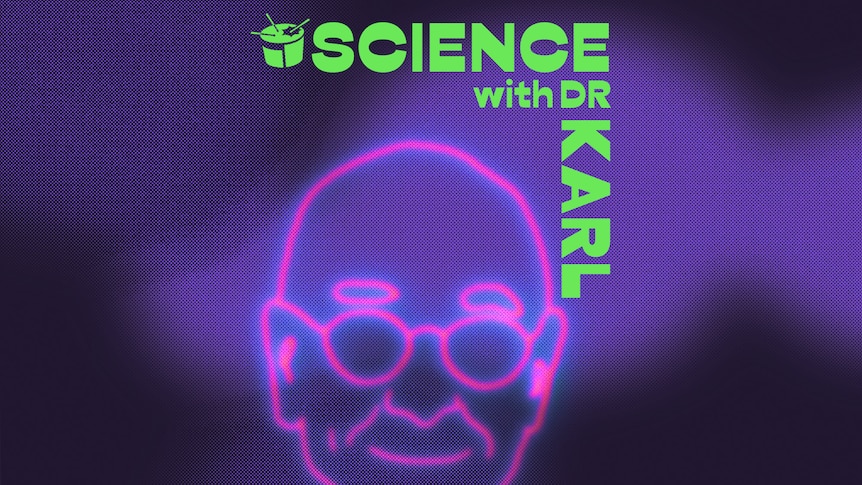Crime Scenes, Sweat Logic, and Fighting Misinformation: A Deep Dive into Forensic Science and its Challenges
Forensic science, often glamorized in popular culture, plays a crucial role in real-world criminal investigations, providing objective evidence that can link perpetrators to crimes, exonerate the wrongly accused, and ultimately, deliver justice. From analyzing bloodstains and fingerprints to deciphering digital footprints, forensic scientists employ a diverse range of scientific techniques to reconstruct events and uncover the truth. This complex field, however, is not without its limitations and vulnerabilities, particularly in the face of evolving criminal tactics and the pervasive spread of misinformation. This exploration delves into the fascinating world of forensic science, examining its core principles, highlighting its evolving methodologies, and addressing the challenges it faces in maintaining its integrity and effectiveness in the digital age.
One of the fundamental principles of forensic science is the Locard’s Exchange Principle, which states that every contact leaves a trace. This simple yet powerful concept underpins much of forensic investigation, suggesting that when a crime is committed, there is an inevitable exchange of physical materials between the perpetrator, the victim, and the crime scene. These traces can take many forms, from DNA and fingerprints to fibers, hair, and even digital data. Forensic scientists meticulously collect and analyze these traces, employing sophisticated techniques like DNA profiling, fingerprint analysis, ballistics, and trace evidence analysis to piece together the puzzle of a crime. Moreover, the evolution of technology has significantly expanded the toolkit available to forensic scientists, enabling them to analyze trace amounts of evidence with greater accuracy and speed, opening new avenues for investigation and strengthening the probative value of forensic evidence.
However, the interpretation of forensic evidence is not always straightforward. While techniques like DNA analysis offer a high degree of certainty, other forensic disciplines, such as bite mark analysis and hair microscopy, have faced scrutiny for their subjective nature and potential for error. Furthermore, the "CSI effect," fueled by popular television shows, has created unrealistic expectations about the speed and certainty of forensic investigations. Jurors often expect conclusive forensic evidence in every case, potentially leading to misinterpretations of scientific evidence or undue reliance on forensic testimony. Therefore, it is crucial to understand the limitations of each forensic discipline and to present evidence in a clear and unbiased manner, ensuring that the justice system utilizes scientific findings responsibly.
The rise of misinformation poses a significant challenge to the integrity of forensic science. The ease with which fabricated information can be spread online can undermine public trust in scientific evidence and create confusion about the validity of forensic findings. For instance, conspiracy theories surrounding high-profile cases can distort public perception and question the reliability of established forensic techniques. Combating this misinformation requires a multi-pronged approach, including promoting scientific literacy, fostering transparency within the forensic science community, and encouraging critical thinking among both investigators and the public. Ensuring that forensic evidence is presented in an accessible and understandable manner, alongside clear explanations of its limitations, is essential in mitigating the impact of misinformation.
Furthermore, ensuring the integrity of forensic science also requires addressing the potential for bias within forensic investigations. Confirmation bias, where investigators may unconsciously seek evidence that confirms their pre-existing beliefs, can compromise the objectivity of forensic analysis. Blind testing, whereby analysts are unaware of the case details associated with the evidence they are examining, can help mitigate this risk. Additionally, maintaining a clear chain of custody for evidence, ensuring its proper handling and storage, is vital to preventing contamination and preserving its integrity. Rigorous quality control measures and adherence to standardized protocols are essential for maintaining the reliability and credibility of forensic findings.
Finally, the future of forensic science lies in continuous innovation and adaptation. Emerging technologies, such as artificial intelligence and machine learning, offer promising avenues for enhancing forensic capabilities. These technologies can assist in automating tasks, analyzing large datasets, and identifying patterns that might be missed by human analysts. However, the integration of these new technologies must be approached with caution, ensuring their reliability, validity, and ethical implications are thoroughly considered. Continued research and development, coupled with ongoing dialogue between scientists, legal professionals, and the public, are essential for navigating the complex landscape of forensic science and ensuring its continued contribution to a just and equitable society.


